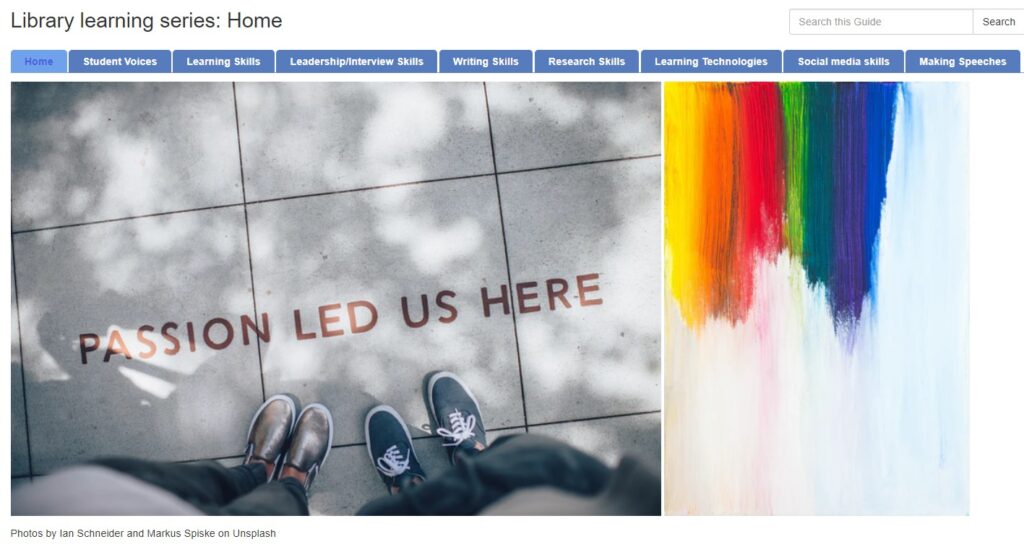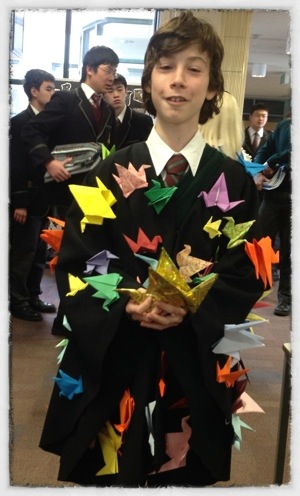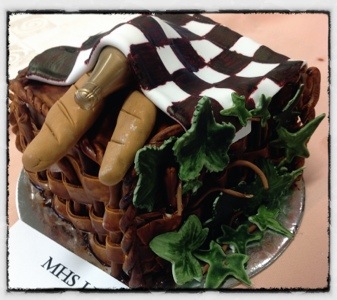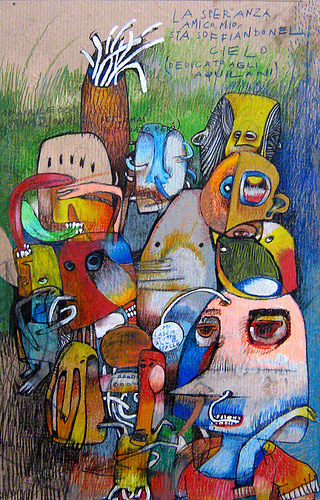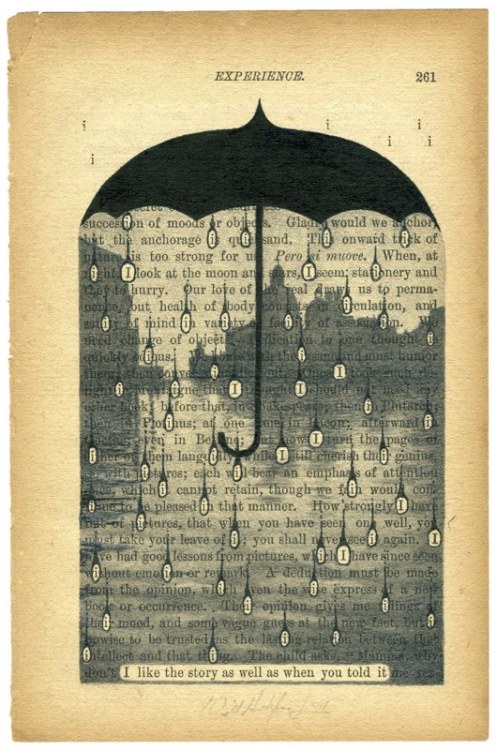The final session I attended on our first day back to term 2 – a Select Entry Schools Professional Learning Day – was presented by Dr Toni Meath, principal of The Mac.Robertson Girls’ High School, on ‘differentiation and personalising learning for the unique cohort of academic select entry schools’.
Brief: This presentation will provide a perspective on understanding the needs of gifted learners. Meath will put forward that to meet the wellbeing, curriculum and pedagogical needs of gifted learners educators must reflect upon how they personalise and differentiate the learning within a culture of trust present in both the school and the classroom.
Two things jumped out for me in this brief – wellbeing and trust. A focus on wellbeing is obviously an important one when we consider students and their learning holistically. Trust is an essential component of a healthy and happy cohort. Both are necessary for academic success.
Dr Meath started by saying that we needed to first believe that there is such a thing as a gifted/highly able child. I’m not sure about the choice of word, ‘believe’, which sounds a bit like blind faith, but I agree that we need to do the research to understand and be convinced that gifted/highly able students exist and have specific learning needs just as, at the other end of the spectrum, students need appropriate support. In my experience of giftedness an understanding of the affective development is also important. Dr Meath explained that our intervention as teachers is based on contemporary knowledge of the brain which proves that although giftedness is recognisable in very young children, it is not fixed from birth. It’s important we understand how our students learn best so that we can support and enhance their learning and allow them to develop their potential.
Creating a culture of trust in the classroom is the first step to supporting students’ learning, and I liked Dr Meath’s point that good teachers remove their ego in order to allow their students to fly. She reminded us that some of our students would no doubt surpass us in our knowledge and understanding of the subject content. It makes sense – and not just in a gifted school. In my opinion, there is no place for insecurity in teachers or an insistence on hierarchy which only results in a power struggle in the classroom. I’m not saying that I’ve achieved this but I continue to remind myself that respect is the preferred attitude to students; wielding power will make students defensive and resentful.
Fixed and growth mindset were discussed by Dr Meath as well as by keynote speaker, Dan Haesler. Dr Meath identified Carol Dweck, psychologist and a pioneering researcher in the field of motivation, in terms of her work around growth mindset. I found the TED talk:
Carol Dweck researches “growth mindset” — the idea that we can grow our brain’s capacity to learn and to solve problems. In this talk, she describes two ways to think about a problem that’s slightly too hard for you to solve. Are you not smart enough to solve it … or have you just not solved it yet?
It’s an interesting idea to replace the fail or N with ‘not yet’, and I like Carol’s reasoning:
if you get a failing grade, you think, I’m nothing, I’m nowhere. But if you get the grade “Not Yet”you understand that you’re on a learning curve. It gives you a path into the future.
This is important information (from the transcript):
Scientists measured the electrical activity from the brain as students confronted an error. On the left, you see the fixed mindset students. There’s hardly any activity. They run from the error. They don’t engage with it. But on the right, you have the students with the growth mindset, the idea that abilities can be developed. They engage deeply. Their brain is on fire with yet. They engage deeply. They process the error. They learn from it and they correct it.
Just the words “yet” or “not yet,” we’re finding, give kids greater confidence, give them a path into the future that creates greater persistence. And we can actually change students’ mindsets. In one study, we taught them that every time they push out of their comfort zone to learn something new and difficult, the neurons in their brain can form new, stronger connections, and over time they can get smarter.
Dan Haesler spoke about this experiment with the 2 groups of students that Carol talks about here:
Look what happened: in this study, students who were not taught this growth mindset continued to show declining grades over this difficult school transition, but those who were taught this lesson showed a sharp rebound in their grades. We have shown this now, this kind of improvement, with thousands and thousands of kids, especially struggling students.
High achieving students deserve the same amount of support and encouragement to push out of their comfort zone as any other students. Sadly this doesn’t always happen in mixed ability schools because they might be perceived as already ‘being there’ with nowhere to go. How annoying it must be to be judged with a fixed mindset as being ‘smart’ and therefore not deserving of teaching or stretching. It’s also offensive not to recognise the effort put in by ‘smart’ students and instead to assume that everything they achieve is without effort.
Dr Meath asked ‘how often are students just marking time?’ I’m hoping that this happens much less in selective schools but who knows? I still remember how agonising it was for me in early primary school (and must have been equally for others) when I could already read, and had to sit silently and still while the teacher chose struggling readers to read aloud from our annual prescribed reader. Maybe it was easier for me to sit still and daydream the time away than others and of course I was determined to ‘be good’ but how boring it was! I’m sure I wasn’t the only one who had read the whole reader within the first few days and had nowhere to go after that. This was in the 1960s and in my school at least we were not offered library books although I did go to the public library with my mother. Things have improved a great deal since then in terms of differentiation for early reading and let’s hope schools hold onto their libraries, teacher librarians and library staff.
Dr Meath also talked about Flow Theory (Mihaly Csikszentmihalyi) in relation to learning at school and emphasized the combination of high challenge, high support and high success . I’ve included the TED talk and a link to the transcript.
Mihaly Csikszentmihalyi asks, “What makes a life worth living?” Noting that money cannot make us happy, he looks to those who find pleasure and lasting satisfaction in activities that bring about a state of “flow.”
According to Mihály Csíkszentmihályi, being in the flow is the ultimate in focused intrinsic motivation.
Dr Meath gave a good overview of what teachers should look into more deeply when thinking about how best to teach a gifted and talented cohort. I enjoyed her positive approach and confidence in teaching success based on a good knowledge of educational theories. It was refreshing for me because her view was crystal clear and her faith in what could be done for our select student cohort was absolute. Her students and school are testament to her success in putting theories into practice.
Anyone who has read my posts knows that I have more questions than assured answers but I suppose that’s the way I work through things. I have criticised the VCE as a system that sometimes seems to churn out test-taking students with a focus is on the final ATAR if they want to succeed and move on to their chosen careers. That isn’t to say that I can’t see the wonderful learning environments created by teachers but I also see how teachers’ passion is dissipated by increasing numbers of professional requirements and data charts to prove they are teaching properly. In my work as teacher librarian I’m not fighting the system but in small ways I ‘rebel’ by quietly colouring outside the lines – by taking student writing out of the classroom through blogging, encouraging the development of personal voice in writing rather than focusing on grammar and spelling (and believe me, I am a big fan of grammar and spelling), even by trying to take students out of their comfort zone through exposure to articles or images that make them stop and think.
I came across an old post written by Sean Michael Morris entitled ‘Schools needn’t fail’ (2007) and he talks about how over time he changed the way he ‘ignored’ the system in order to teach honestly.
When I originally started this blog, I started with a pretty self-important diatribe against the systemization of education, especially in the form of standardized testing, rubrics, and the like. I find myself wanting to return to that discussion again.
On the other hand, I feel the urge to exactly ignore that discussion, because ultimately it leads to an us-against-the-administration discussion, or a persistent feeling of hopelessness, futility, and desperation. Because I did not get into teaching to feel desperate, nor to feel oppressed by or to battle the administration (hey, I am the administration), I hesitate to the point of intentional inertia to enter that discussion.
Spot on. What is the point of fighting the system if it makes us feel hopeless, oppressed, and if it leads to inertia? Morris goes on to talk about ‘any centre of power’.
Regardless of a subject’s posture, though, the center is reaffirmed: slide toward it and you acknowledge its power, rebel against it and you do the same thing. Protesting the government reaffirms the power of the federal administration; leaving in frustration a teaching post does nothing to dismantle the school.
So how does one ignore the power of the school?
Morris provides an example of how one of his favourite teachers did this very thing:
One of my favorite high school teachers was a certain Mrs. Meyerle, who taught me the five-paragraph essay. She used a couple of class days to explain the reasoning behind the form, told us we’d rarely actually write in it, and then moved quickly on to helping us discover what it was we wanted to write about. She fulfilled the expectations of the curriculum in as little time as possible, trusting entirely in our ability to master it quickly, and then, almost without missing a beat, kept the actual learning happening.
Morris describes how he teaches English/Composition:
I refuse to give tests (and now, as chair of my program, have removed them from all our online templates), and deny fervently and repeatedly that there is a correct way to write. Instead, I lead students through a process of ideation, creation, and revision. I let them explore their own authorities (both over their ideas and their words), and give them lots and lots of room to make mistakes.
Of course, as Chair, Morris has more autonomy than the classroom teacher in a school but I have no doubt his teaching is very similar to that of many teachers whose focus is generating passion and engagement in their students which goes beyond ticking the boxes of what is required by the department.
And so, in highlighting the passion of the teacher in creating a stimulating learning environment, I’m back to trust which is surely one of the first, most important, things to be established between teacher and students as well as between the students themselves, so that students feel free to be themselves and challenge themselves at school. Morris quotes Jonathan Kozol:
“Establishing a chemistry of trust between the children and ourselves is a great deal more important than to charge into the next three chapters of the social studies text … Entrap them first in fascination. Entrap them in a sense of merriment and hopeful expectations” (from Letters to a Young Teacher, p. 15).
I know I’m over-quoting Morris but let me finish this long, rambling post with his words:
There is no standardization around merriment and hopeful expectations. There is no rubric for fascination. But these are human things, removed from the power struggle of “schooliness” (thank you, Clay), and they are more important than measurable skills to a life spent learning.
